8 GPTs for Language Creation Powered by AI for Free of 2025
AI GPTs for Language Creation are advanced tools designed to assist in generating, understanding, and manipulating language. Leveraging the capabilities of Generative Pre-trained Transformers, these tools are specifically tailored for tasks that require the creation of new language constructs, ranging from writing assistance to generating entirely new languages or dialects. They utilize deep learning algorithms to provide nuanced and contextually relevant outputs, making them invaluable for a wide array of language-related projects.
Top 8 GPTs for Language Creation are: Bilingual Translation,Fantasy Scribe,🏢🗣️ The Speech Center 🏢,Tolkien Talks,LuminaGPT,Fantasy Lore & World Builder V1.32,ConlanGPT,Language Innovator
Bilingual Translation
Your AI-Powered Language Bridge

Fantasy Scribe
Craft your fantasy world with AI-powered guidance.
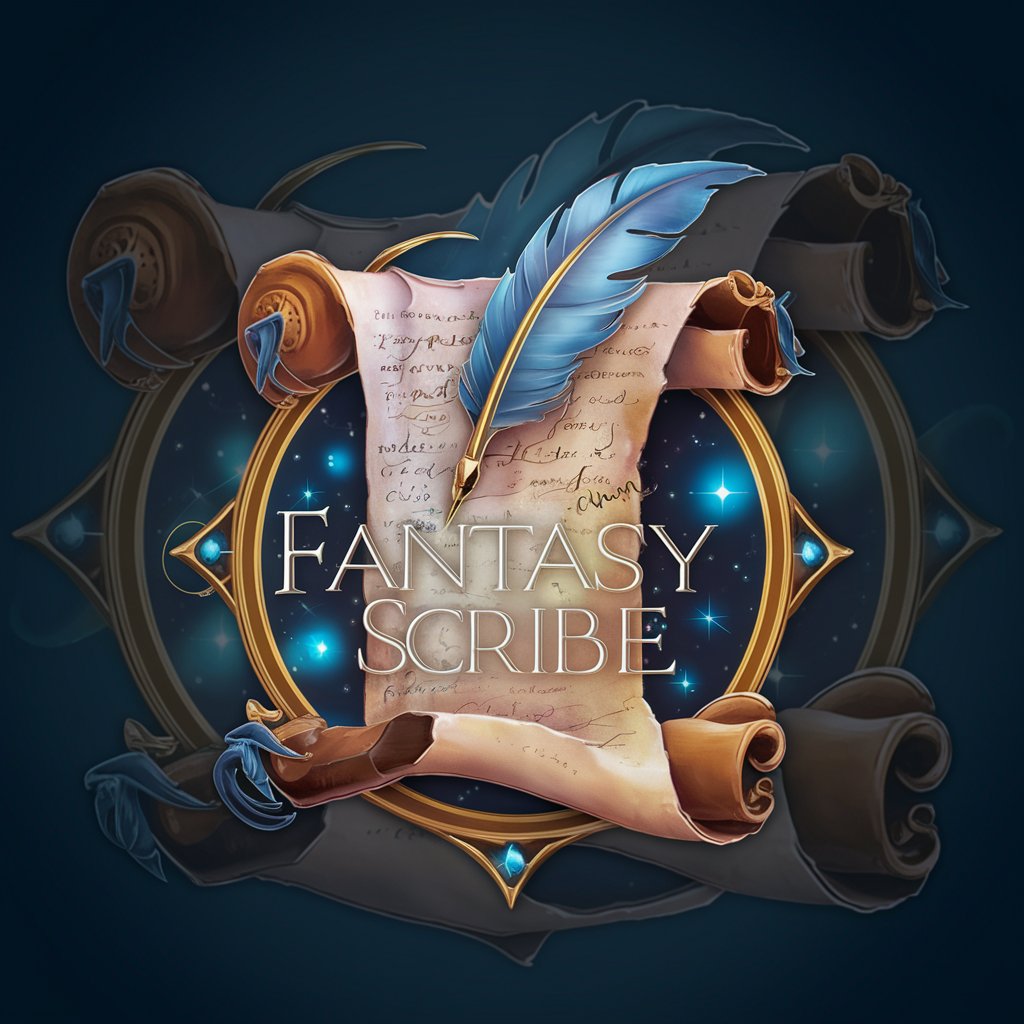
🏢🗣️ The Speech Center 🏢
Elevating Communication with AI
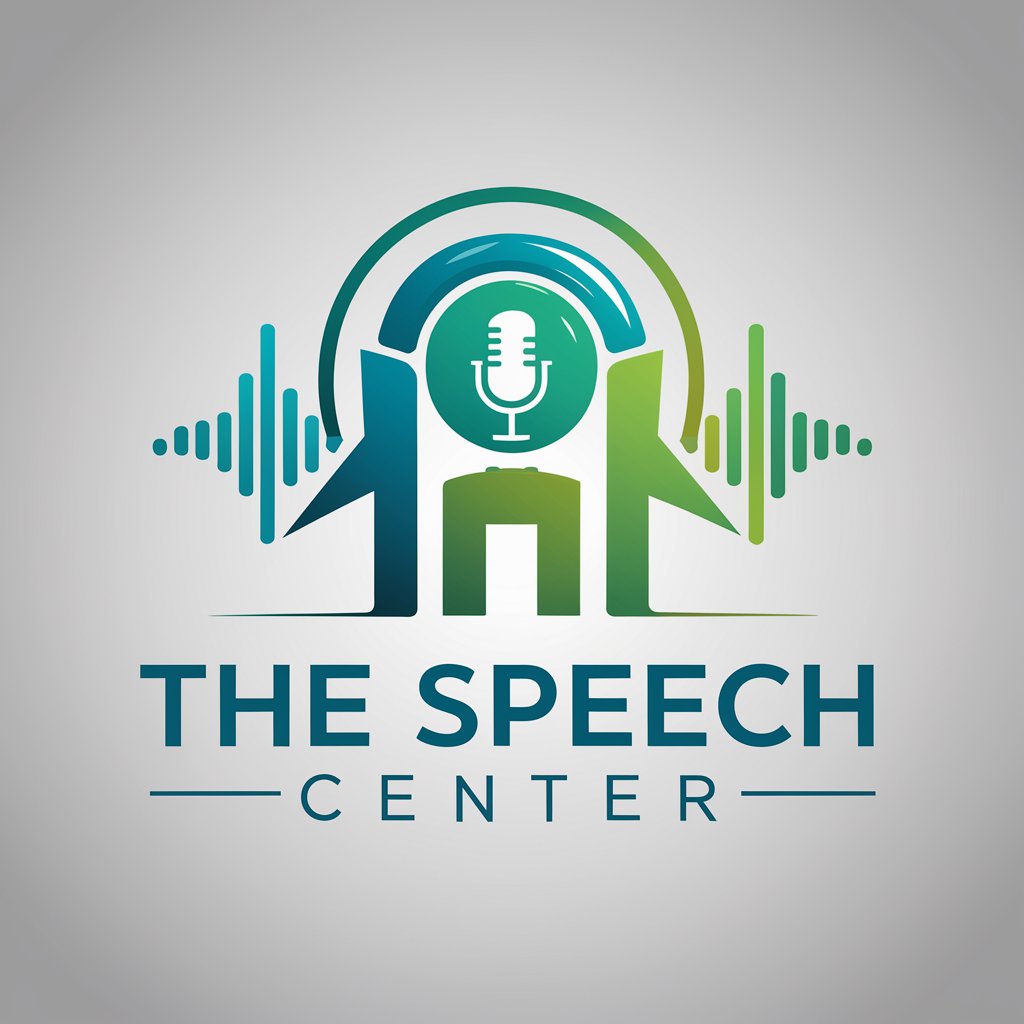
Tolkien Talks
Engage with Tolkien's World, Powered by AI
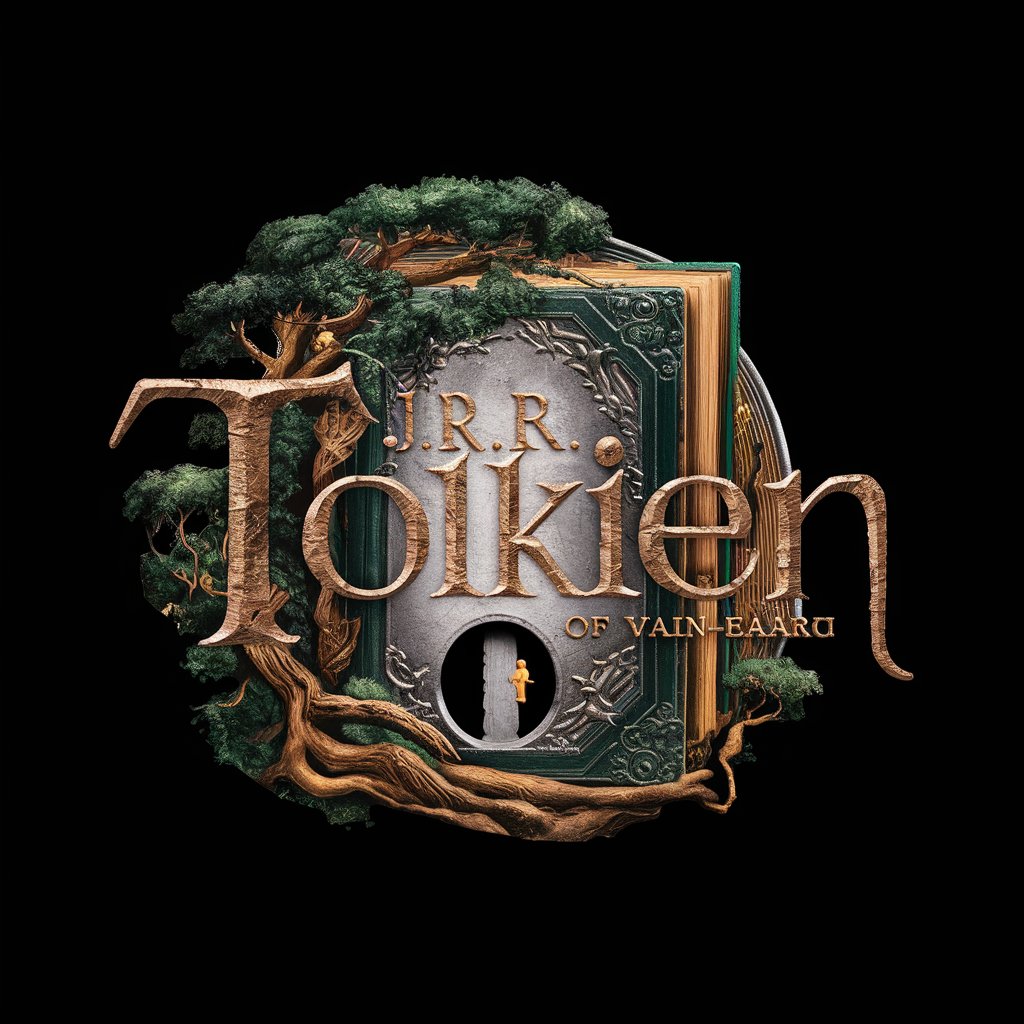
LuminaGPT
Master Fantasy Languages with AI
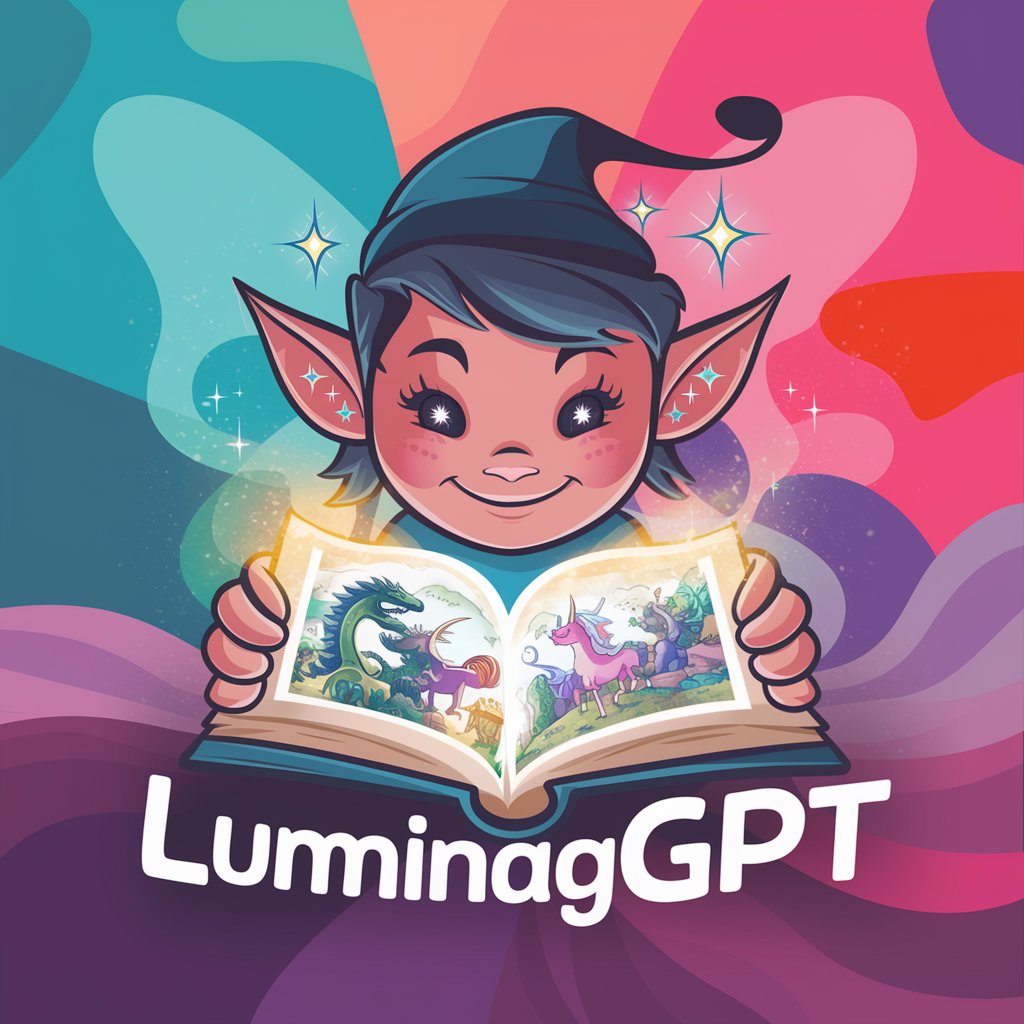
Fantasy Lore & World Builder V1.32
Craft immersive worlds with AI-powered innovation.
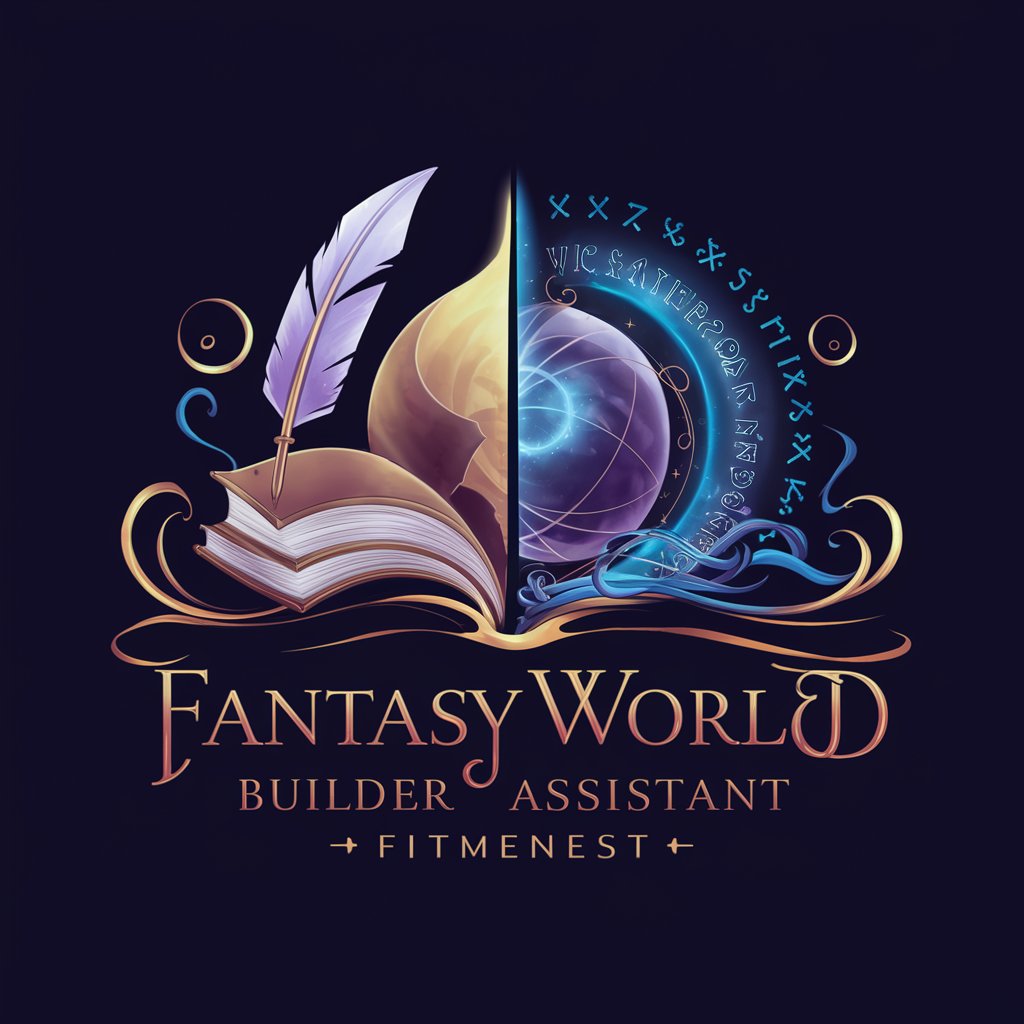
ConlanGPT
Craft Your Language with AI
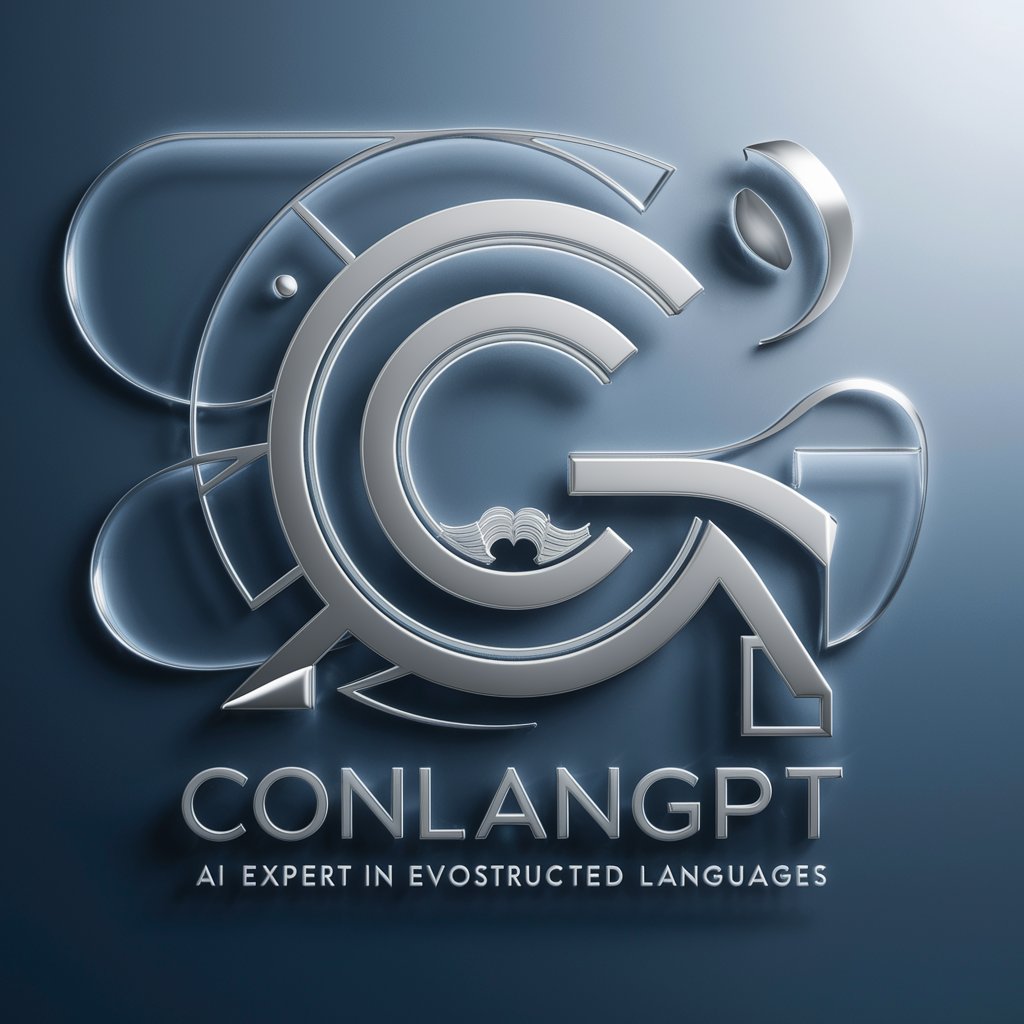
Language Innovator
Craft Worlds With Words
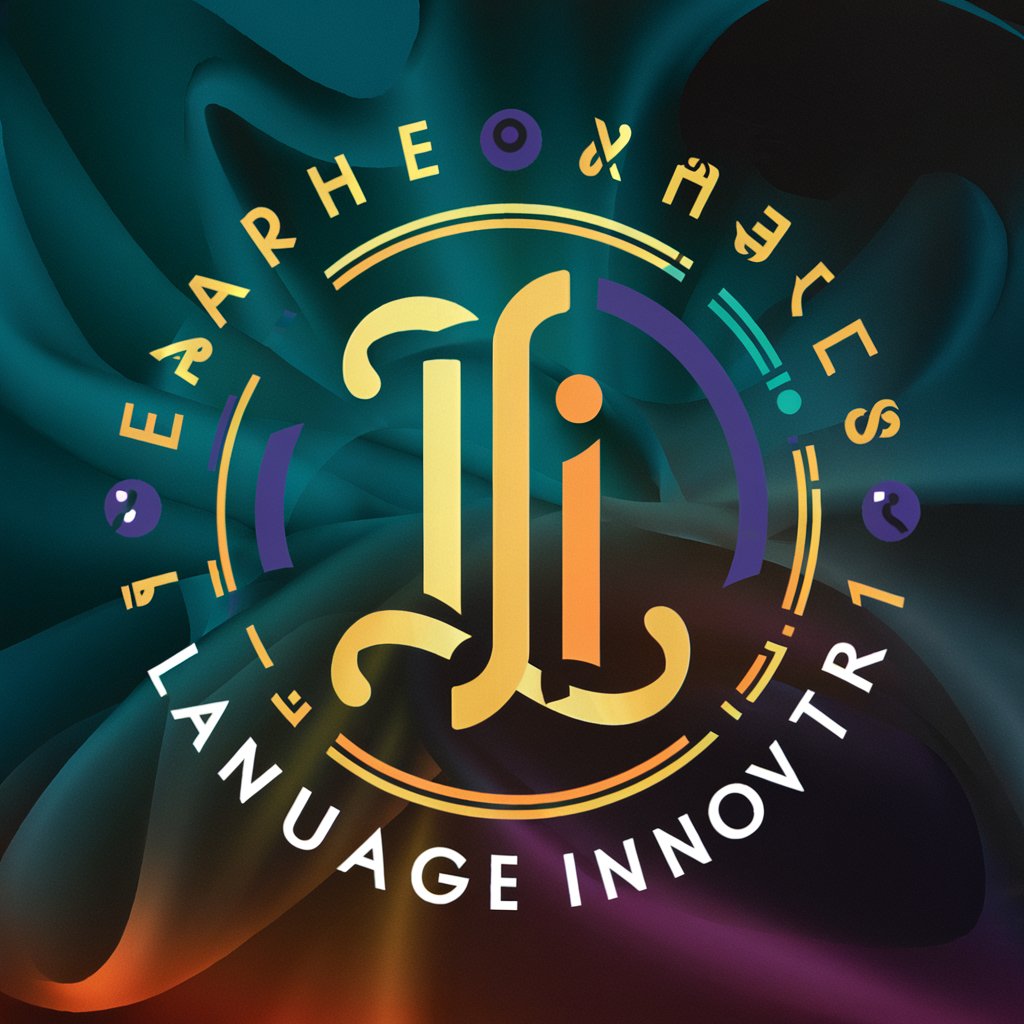
Essential Attributes of Language Creation AI
AI GPTs tools for Language Creation are distinguished by their adaptability, learning capabilities, and range of functionalities. These tools can perform tasks from generating simple text to creating complex linguistic structures. Features include advanced language models capable of learning new languages, technical support for integrating these tools into existing systems, web searching for real-time information, image creation based on textual descriptions, and sophisticated data analysis. These capabilities enable the tools to understand and generate language with a high degree of accuracy and creativity.
Who Benefits from Language Creation AI?
AI GPTs for Language Creation are designed to cater to a diverse audience, including novices, developers, and professionals working in linguistics, literature, content creation, and more. These tools are accessible to individuals without programming skills, thanks to user-friendly interfaces, while also offering extensive customization options for those with coding expertise. This broad accessibility ensures that anyone interested in language creation or manipulation can leverage these powerful tools.
Try Our other AI GPTs tools for Free
Well-being Strategies
Discover AI GPT tools for Well-being Strategies, designed to enhance your mental and physical health through tailored, AI-driven advice and support.
Vegetarian Recipes
Discover the future of vegetarian cooking with AI-powered recipe tools. Tailored solutions for every dietary need and culinary curiosity.
Packing Strategies
Discover how AI GPTs revolutionize packing strategies, offering adaptable, intelligent solutions for optimizing packing processes and enhancing efficiency in personal and professional contexts.
Family Moves
Discover how AI GPTs can streamline your family's moving process with personalized planning, budgeting, and local insights.
Pet Relocation
Discover how AI GPTs for Pet Relocation simplify the process of moving pets, offering tailored solutions, legal advice, and safety guidelines to ensure a smooth transition for your furry friends.
Settling In
Discover how AI GPTs for Settling In can streamline your transition into new environments with personalized support, language assistance, and local insights.
Further Observations on Language Creation AI
AI GPTs for Language Creation not only offer advanced linguistic capabilities but also feature user-friendly interfaces, making them accessible to a wide audience. The potential for integration with existing systems or workflows underscores their versatility and adaptability, catering to the specific needs of various sectors and enhancing productivity and creativity in language-related projects.
Frequently Asked Questions
What are AI GPTs for Language Creation?
AI GPTs for Language Creation are specialized tools designed to generate, interpret, and modify language using Generative Pre-trained Transformers technology, tailored for both simple and complex linguistic tasks.
Who can use these tools?
These tools are intended for a wide audience, including individuals without coding skills and professionals in linguistics, content creation, and related fields, offering both ease of use and advanced customization.
Can these tools learn new languages?
Yes, equipped with advanced language models, these tools can learn and generate text in new languages or dialects, making them extremely versatile.
What makes AI GPTs for Language Creation unique?
Their adaptability, advanced learning capabilities, and comprehensive range of functions for language creation and manipulation set them apart from other language processing tools.
How do these tools integrate with existing systems?
They come with technical support for seamless integration into existing workflows or systems, enhancing their utility and application in various sectors.
Can I generate images based on text descriptions?
Yes, some of these tools have image creation capabilities, allowing users to generate visual content based on textual descriptions.
Are there customization options for developers?
Absolutely, developers have access to extensive customization options, enabling the creation of tailored solutions for specific language creation needs.
What potential applications do these tools have?
Applications range from aiding in language learning and content creation to the development of new languages or dialects, showcasing their broad utility across different sectors.